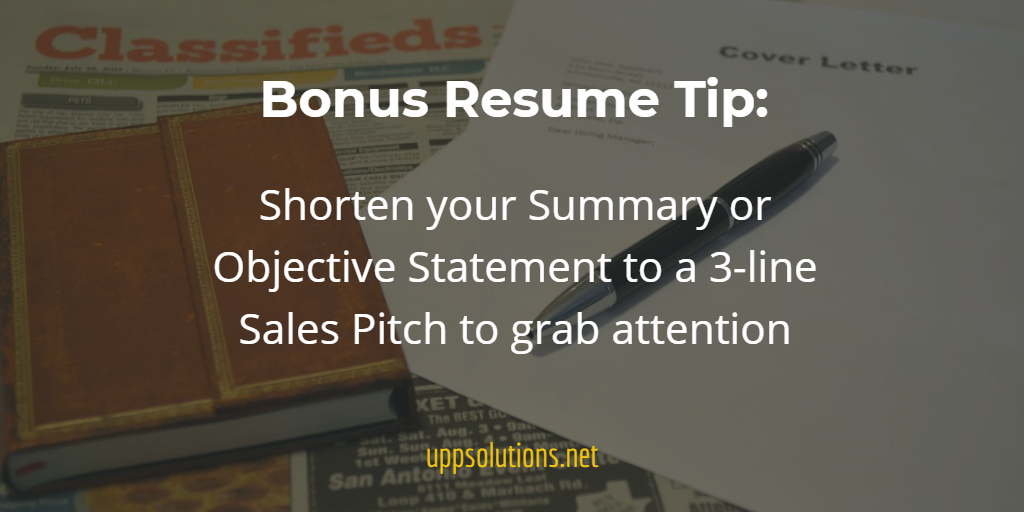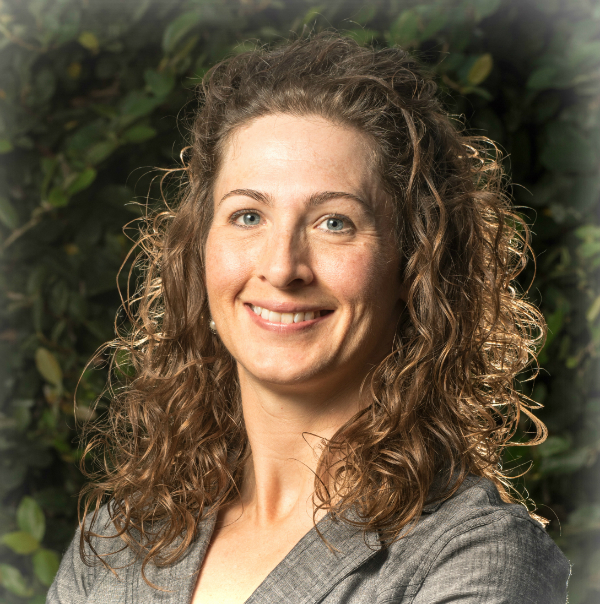It’s time to slay a few job search myths. One of those that still makes me cringe is the myth of the ‘one-page’ resume. Short resumes don’t get you on the shortlist for the job you want. In fact, your one-page resume makes you miss out on even getting a phone call! The problem with short-form resumes starts as soon as you hit ‘Apply’.
Applicant Tracking Systems (ATS)
Like Cerberus, the 3-headed monster of Greek mythology, ATS applications guard the gates of the job search world. As soon as you create your username and password in order to apply for a job – you have entered into the complex, dark world of Applicant Tracking Systems.
ATS scans your resume against the job posting requirements and then it ranks you. A short form resume doesn’t give you much of a chance to meet ATS requirements because there is less information to pull from. If you do not get a good rating, you don’t get seen by a real person. Cerberus wins the battle and you limp home to see the dreaded “thank you for applying” email.

Impressing the Hiring Manager
Should you win the battle with the ATS system, receive an acceptable rating on your resume and reach the hiring manager: your short resume has less of a chance to make an impression. With the exception of emerging professionals, a one-page resume does not allow you to fully express your career contributions.
Trying to squeeze everything into one page is only hurting your chances of receiving a phone call. It’s very difficult to communicate your depth of expertise or give explicit examples of how you have leveraged your skills over the course of your career. Once you include a short summary, list your core expertise, your education, and your work history, there isn’t much room left!

Slay the Myth & Win the Job
In order to give your resume a fighting chance: allow it to expand beyond a single page. Resumes up to 3 pages are just fine for experienced professionals! Giving yourself room to breathe on your resume ensures the following:
· Online Compatibility – A longer resume allows you space to include additional expertise, skills, and abilities to meet the ATS criteria for online applications. Applicant Tracking Systems are, by in large, a word match program that compares your resume to the job description. The more keyword matches it finds, the better your rating is for the job.
· Better Readability – Short resumes sometimes fall victim to margin squeezing and condensed, cramped content. All of this is very difficult to read. Quite frankly: most recruiters won’t even bother to read a densely packed resume. Include plenty of white space, readable font and make your resume easily searchable by the human eye.
· Highlight Your Accomplishments – In a longer-format resume, you have the space to include career highlights on the first page without worrying about running out of room. You can target these highlights based on the job you are applying for to ensure that you stand out.
· Impress The Hiring Manager – By giving yourself more room, you can better express your career contributions. In order to impress a hiring manager, it’s a great idea to include short examples of how you have leveraged your abilities with a positive impact during the course of your career.
· Deepen Your Credibility – There is no way to include select project work, publications, presentations or even volunteer work on a one-page resume. With more pages, you can certainly include additional relevant career content that will help you land the jobs you seek.

Common Questions
“But, what if recruiters don’t want to read all the information in a longer resume?”
I have news for you – very few people read an entire resume, even if it’s only one page. Recruiters and resume scanners are looking for what they want to see in the top half of the first page. Best practices: include a very brief summary, core expertise/skills, career highlights, education and relevant certifications on the first page. This will allow recruiters to find what they need quickly and they will appreciate you for it!
“How can I get my accomplishments to stand out if they aren’t on the first page?”
Use bold font to draw the eye to career contributions that reside in the body of your resume. Highlight the impact of the contribution to incite interest. Reserve bullet points for your accomplishments and examples of how you have added value to the organizations you have worked for. Keep your roles and responsibilities in a short paragraph and don’t fall victim to endless bullet points in your resume.
“How far back do I go with my career history?”
Relevancy is everything when you are applying for a job. If you delivered pizzas right out of college, good for you but it’s probably not relevant now. Be ruthless when it comes to prioritizing the information in your resume. You do not have to add everything you ever did. Focus your resume by including relevant job history, career contributions, and expertise. You don’t want to have a job gap but you don’t have to go into obsessive detail about irrelevant material either.
Go Forth and Win the Job
Applying for a job should not be like trying to hack through the wilderness in search of gold, but it can feel like it. As a job seeker, chances are that you have seen and heard all types of advice. Keep in mind the source and their background. How current is the information? Have they done real research? Job searching now is radically different than even 8 years ago. Eight years from now you can throw out everything I’ve told you and ask your personal AI to find you a job! Happy hunting!


